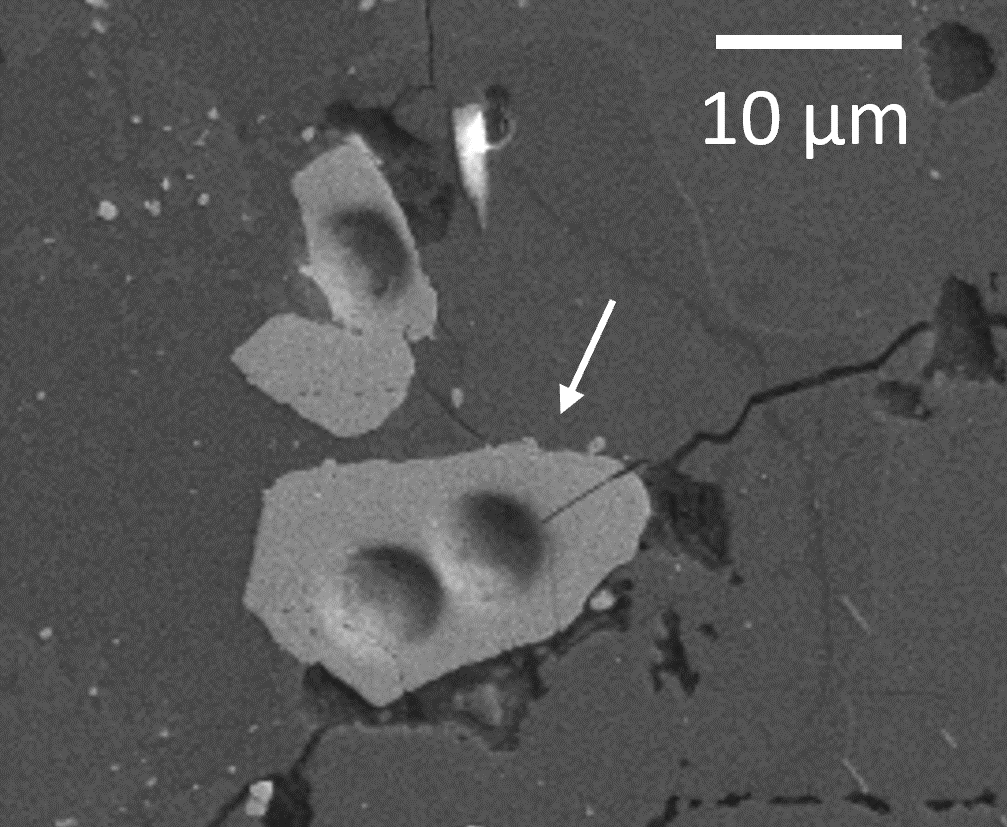There is a lot that we do not know about the formation of the Moon. It’s thought that it formed in a major impact between Earth and a planet the size of Mars, called Theia. When that happened, however, is a bit uncertain, but a new analysis of crystals in rocks collected by Apollo 17 astronauts suggests that it is 40 million years older than previous estimations. This puts the Moon’s age at 4.46 billion years ago – just a little younger than Earth.
Scientists looked at lunar dust collected by astronauts in 1972. In there, there were nanocrystals that formed as soon as the Moon began to cool down.
“These crystals are the oldest known solids that formed after the giant impact. And because we know how old these crystals are, they serve as an anchor for the lunar chronology,” senior author Professor Philipp Heck, from the Field Museum and the University of Chicago, said in a statement.
“When the surface was molten like that, zircon crystals couldn’t form and survive. So any crystals on the Moon’s surface must have formed after this lunar magma ocean cooled. Otherwise, they would have been melted and their chemical signatures would be erased.”
To work out the age of these zircon nanocrystals, the team needed to measure how much uranium and lead were in the samples. Uranium over a long period of time turns into lead and by looking at the proportions, scientists can work out how old a crystal is. But the first step is to get the atoms out. This approach is called atom probe tomography.
A lunar zircon grain under a microscope.
Image Courtesy of Jennika Greer
“In atom probe tomography, we start by sharpening a piece of the lunar sample into a very sharp tip, using a focused ion beam microscope, almost like a very fancy pencil sharpener,” explained lead author Jennika Greer.
“Then, we use UV lasers to evaporate atoms from the surface of that tip. The atoms travel through a mass spectrometer, and how fast they move tells us how heavy they are, which in turn tells us what they’re made of.”
Once the composition of the sample was established and the team measured how many atoms there were, they were able to work out the age of the crystal and thus the Moon. The technique is known as radiometric dating.
“Radiometric dating works a little bit like an hourglass,” said Heck. “In an hourglass, sand flows from one glass bulb to another, with the passage of time indicated by the accumulation of sand in the lower bulb. Radiometric dating works similarly by counting the number of parent atoms and the number of daughter atoms they have transformed to. The passage of time can then be calculated because the transformation rate is known.”
The study is published in Geochemical Perspectives Letters.
Source Link: Lunar Crystals From Apollo Mission Show Moon Is 40 Million Years Older Than Thought
